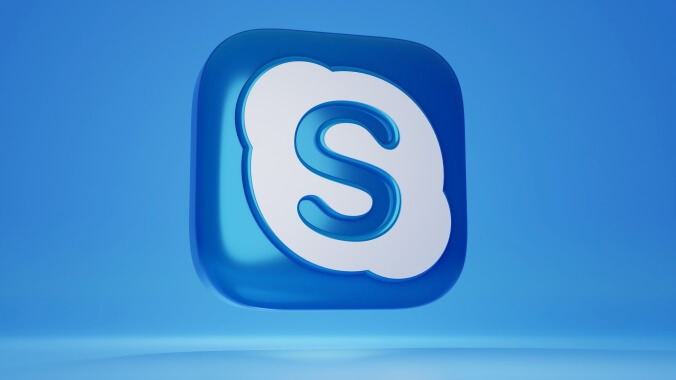20 Years Of Skype: Innovation, Stumbles And An Uncertain Future
Image via Unsplash/Eyestetix Studio
August marks 20 years since Skype came on the scene but it may not be in a celebratory mood.
The voice and video messaging service, once a phenomenon in the 2000s, has had a rocky two decades, from ownership changes in its formative years to a dwindling market share in recent times as Zoom has unseated Skype as the go-to place to make calls over the internet.
Skype’s founders, who previously built Kazaa, rolled out the voice caller on August 29, 2003.
“We have a big ambition with Skype: it is to make it the global telephone company,” co-founder Niklas Zennström told the New York Times in 2003.
While it had an exciting product to share with the world, behind the scenes much was shuffling. Less than two years after launching, eBay acquired the company for $2.6 billion when it had about 54 million users.
The acquisition raised eyebrows. Then eBay chief executive Meg Whitman envisaged buyers and sellers speaking over Skype to finalize sales but not everyone was convinced. Skype thrived in personal communications among family and friends, not for haggling a deal on a collector’s item.
With no clear way to build on Skype’s growing popularity and turn it into a revenue generator, eBay offloaded a majority stake in the company to a group of investors. The 2009 deal valued Skype at $2.9 billion.
Despite the ownership switches, Skype hit over 500 million users thanks to some innovative moves.
In 2005, it rolled out video calling. Connecting via video calls is something we take for granted now but in 2005, this set Skype apart. It even hit the holy grail of consumer tech branding; it became a verb: “I’ll Skype you”.
But change was afoot. After the iPhone came out in 2007, the mood music around messaging gradually started to change. Smartphone messaging apps like WhatsApp and Viber soon emerged. Not to mention the arrival of FaceTime in 2010.
Suddenly, Skype wasn’t so unique in the marketplace, and it wasn’t innovating at the same pace.
-

-

-

-

-

-

-

-

-

-

-

-

-

-

-

-

-

-

-

-

-

-

-

-

-

-

-

-

-

-

-

-

-

-

-

-

-

-

-

-








































